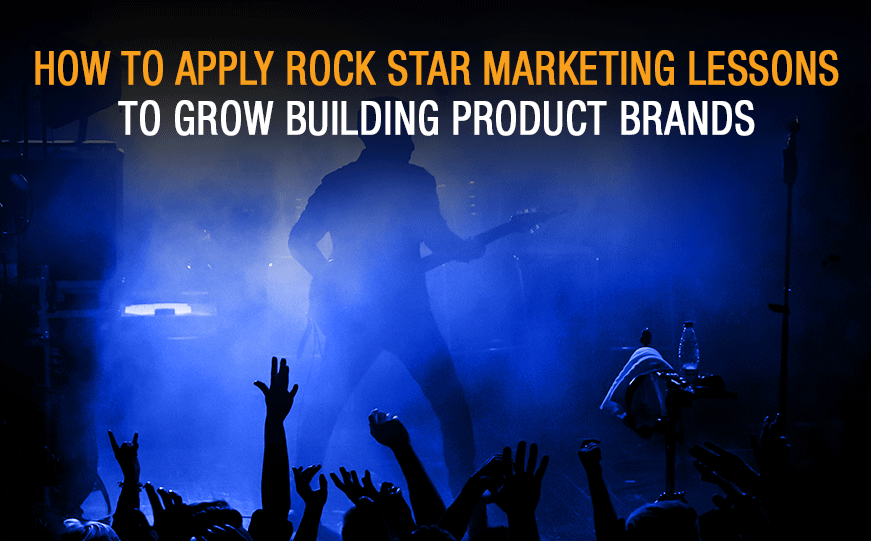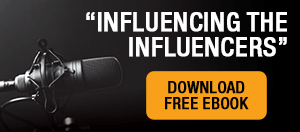For years, B2B(business-to-business) marketing has been fed a steady diet of features, benefits and transactional relationships.
But as the lines between work and life blur – a new generation of buyers has grabbed the reins – and building product marketers are discovering that the strategies once reserved for direct-to-consumer (DTC) brands are now essential for B2B success.
It’s time to stop thinking in silos.
And start embracing a “Brands for Humans” approach.
The Blurring Lines: B2B is More Human Than You Think
The notion that B2B decisions are purely rooted in rationality… is a relic of the past. As Emma Chalwin, CMO of Workday, aptly puts it, “Many companies in B2B don’t treat customers as humans. It’s more of a transactional relationship.”
Yet, recent data from The Drum reveals that 69% of B2B marketing leaders agree that B2B purchasing decisions are just as emotionally driven as consumer package goods. In fact, this shift is largely propelled by digitally native generations who bring their expectations – for personalization, engaging content and a desire for connection – directly into the workplace.
What B2B Building Product Brands Can Learn
DTC brands have been recognized for their humanized messaging. And thrilling customer experiences. Here’s how building product marketers can adopt these winning strategies to better engage business audiences:
Build a Brand, Not Just a Business:
The best consumer brands have cultivated strong brand personalities… that resonate emotionally. In the B2B building product space, it’s been a habit to get bogged down in product specifications.
Targeting features. And benefits.
Instead, focus on developing a strong, recognizable brand voice – with an interesting mission and a contemporary aesthetic – that extends well beyond the product. B2B audiences, whether they’re sourcing materials for large-scale installed building products or residential remodeling… want to buy from brands they trust. And connect with.
Humanize Your Messaging:
So, ditch the corporate jargon. Speak to customers – not at them – using relatable, casual language. Instead of claiming, “Our advanced moisture barrier system optimizes thermal performance,” substitute, “We help builders create homes that are more comfortable and energy-efficient… without the need for an engineering degree.”
As a Transmission report indicates, 64% of buyers are more likely to engage with a B2B brand that uses simple language.
Prioritize Customer Experience:
Consumer brands thrive on seamless, enjoyable community interactions – from initial website visits – to post-purchase engagement. For building material sales, every B2B touchpoint, from online catalogs to customer service queries… should be treated like an experience.
Not merely a transaction.
Leverage Social Media Beyond LinkedIn:
DTC brands dominate platforms like Instagram and TikTok for community building. Yet, B2B brands often limit themselves to professional networks like LinkedIn.
Business content can be accessible. Even fun.
So, don’t be afraid to show personality. And engage where audiences spend their time. Of course, that’s why over half (53%) of B2B marketers now have a growing dedicated budget for influencer marketing.
Focus on Storytelling Over Features:
Consumer brands celebrate their customers as the hero of the story, as famously demonstrated in Nike’s “Just Do It” campaigns.
Instead of promoting “Our roofing system has a Class A fire rating and 50-year warranty,” say, “Imagine providing homeowners with peace of mind for generations to come… knowing their roof is built to withstand what nature has in store.”
For builder products, lead with the impact a product has on their business.
And their customers’ lives. What’s in it for them?
Embrace Video and Interactive Content:
The best consumer brands prioritize short-form videos. And interactive content to capture attention. So why rely on static infographics and lengthy white papers for business audiences? Can that information pivot… into much more entertaining, relatable formats?
Create bite-sized, engaging video content – for social media platforms – including YouTube. Consider interactive quizzes. And dynamic formats to make content more engaging.
Why not? eMarketer found that 55% of B2B marketers worldwide agree that short-form social videos produce the highest ROI.
Winning Hearts is Winning Business
It’s been said that the average B2B purchase involves 13 decision-makers… a clear indicator that influence flows from multiple directions. This makes connecting on a personal – emotional level – more critical than ever. That’s why we salute Emma Chalwin, CMO of Workday’s “Rockstar” campaign, who features musicians poking fun at corporate language. The campaign is a prime example of a B2B brand embracing personality. And how casual outreach truly resonates with broader audiences.
As marketers, we must recognize that behind every business decision… lies a human.
Driven as much by their heart. As their head.
So, adopt the best practices of DTC marketing – focus on brand identity – while humanizing messaging and prioritizing customer experiences.
Diversify social media and embrace storytelling by leveraging dynamic content.
It’s not about selling features and benefits.
Rather, it’s about touching lives. And building meaningful connections that drive success.
As automation promises leadership teams increased productivity, don’t let authentic human experiences wane.
Of course, it’s science. But also, it’s an art of “best practice”.
So, let’s talk about it in preparation for 2026 planning. Send an email to Steve at sk@kleberandassociates.com to get the conversation started.




